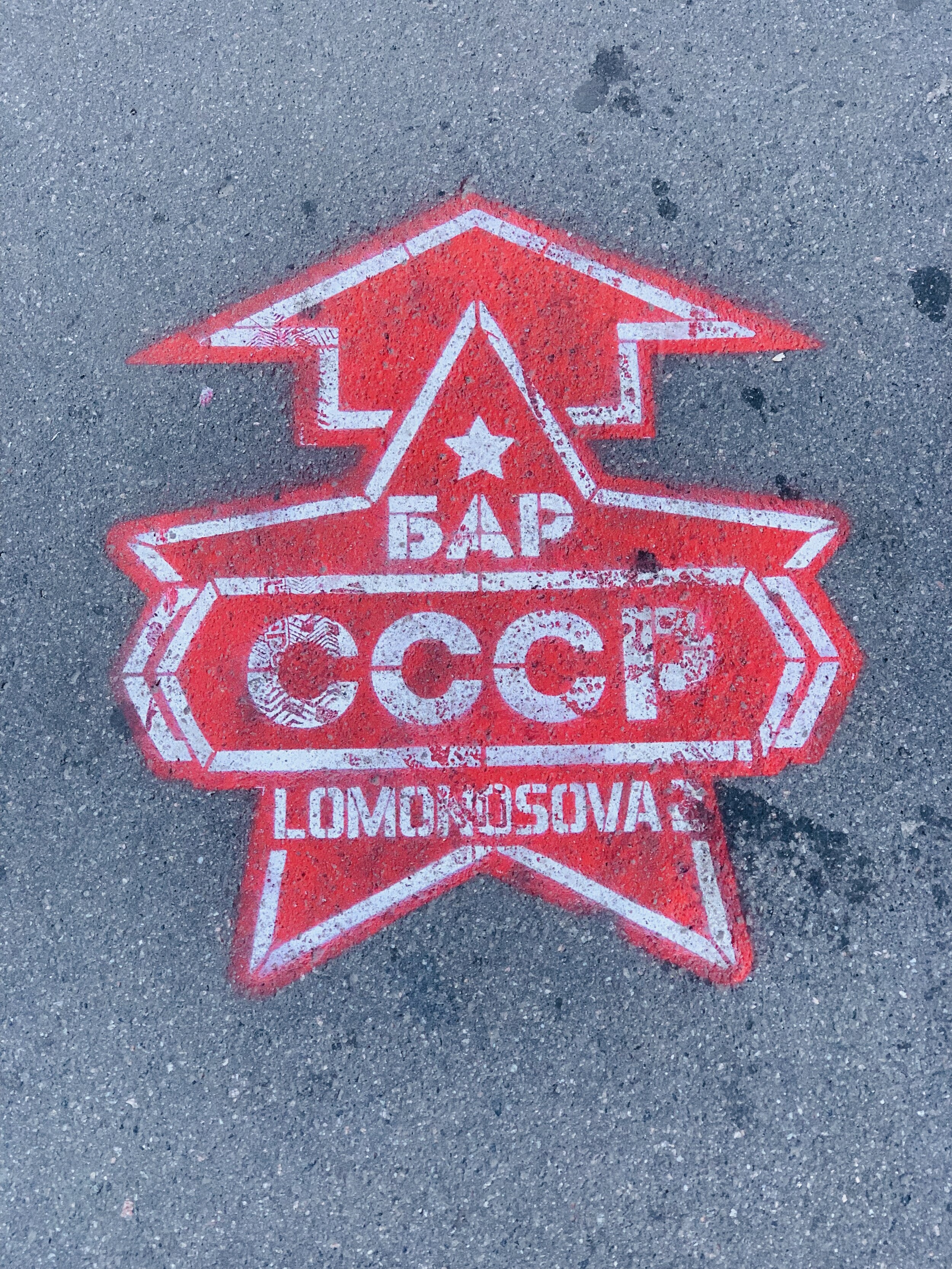St. Petersburg, Petrograd, Leningrad and again St. Petersburg.
Saint Petersburg picture by Roberto Matteucci
St. Petersburg, Petrograd, Leningrad and again St. Petersburg.
St. Petersburg, the city of art, music, literature.
Click Here For Italian Version
Fyodor Dostoevsky describes it as the centre of the world. In St. Petersburg one does not participate in history, herethe history is made:“... the reforms, the ideas, all this has even reached us, in the province; but to see more clearly, and to see everything, it is necessary to be in Petersburg."(1)
The Aurora cruiser is now anchored in the lowest part of the Petrogradsky Island.
Russian cruiser Aurora picture by Roberto Matteucci
The Aurora cruiser is now anchored in the lowest part of the Petrogradsky Island.
The cannon shots fired by the Aurora, in October 1917, started the days that shook the world. A few months earlier in Finlyandskiy Railway Station, Lenin arrived to lead it. A minority group of communist revolutionaries will conquer power in Russia and influence the whole of humanity for a century.
St. Petersburg is also the history of world art. Here the immense collection of masterpieces was formed. It was possible thanks for love for the art of the tsars, of the Russian nobles and later of officials who managed the rich galleries.
Hermitage picture by Roberto Matteucci
The result is an elegant, opulent, sumptuous museum: the Hermitage. The winter palace of the tsars and the baroque buildings around the palace square are the casket of divine amazement.
Inside there is everything, like an encyclopedia of painting and sculpture.
Erarta Museum picture by Roberto Matteucci
Saint Petersburg is also an important core of contemporary Russian art as the Erarta museum in the north of the island of Vasilyevsky.
The ancient Russian capital has a modern structure, built at the beginning of the eighteenth century. Nevsky Prospect cuts the town, it is a long and elegant road, the centre of the life of the population both in the warm summer and in the frost winters. But the main communication route is, undoubtedly, the Neva river. Vast, navigable, a meeting place both in hot months and during the cold freezes.
St. Petersburg is one of the fundamental hubs of Christianity. There are mosques, synagogues but the beauty of the city of Peter the Great are the churches.
Saint Isaac's Cathedral picture by Roberto Matteucci
St. Isaac's Cathedral, with many devoted lined up to kiss the icon of the Madonna.
Church of the Savior on Blood picture by Roberto Matteucci
The Church of the Savior on Spilled Blood, with the altar in the exact spot of the assassination of Tsar Alexander II in 1881.
St. Nicholas Naval Cathedral picture by Roberto Matteucci
St. Nicholas Naval Cathedralwith its white and blue colours.
There are not only Orthodox but also Armenian, Catholic churches along the Nevsky Prospect.
CCCP Bar picture by Roberto Matteucci
The city has changed its name many times: St. Petersburg, Petrograd, Leningrad and again St. Petersburg. Many for being very young town but symbol of a fast mental and cultural activity. Despite the dramatic and definitive events, the past remains the basis of the future. It occurs both in the Hermitage museum and in the vintage return of the symbols of the USSR, the Union of Soviet Socialist Republics or CCCP in Russian.
Dostoevskij Statue picture by Roberto Matteucci
Surely the wonderful nights, Dostoevsky's white nights, have not changed. They illuminate the darkness but also the fun. The weekends are lively like never before,with places full of music, happy people and passions. Tired of the bars they go out to smoke and drink beer along the canals of Ulitsa Lomonosova, chatting, organizing new friendships or new loves. It seems to live the same atmosphere experienced years before at Sennaya Square, located near Dostoevsky's house. Crossing the square we can reach the alleged home of idealist Raskolnikov. We cannot enter the building. The prohibition does not prevent us from imagining the small room of the killer of Ivanovna and his sister.
Outside there is the statue of the writer in a sad, old and shabby attitude.
Fedor Dostoevskij, Delitto e castigo (Crime and Punishment), Mondadori, Milan, The Oscar Classici edition, January 2012 (translated by author)








